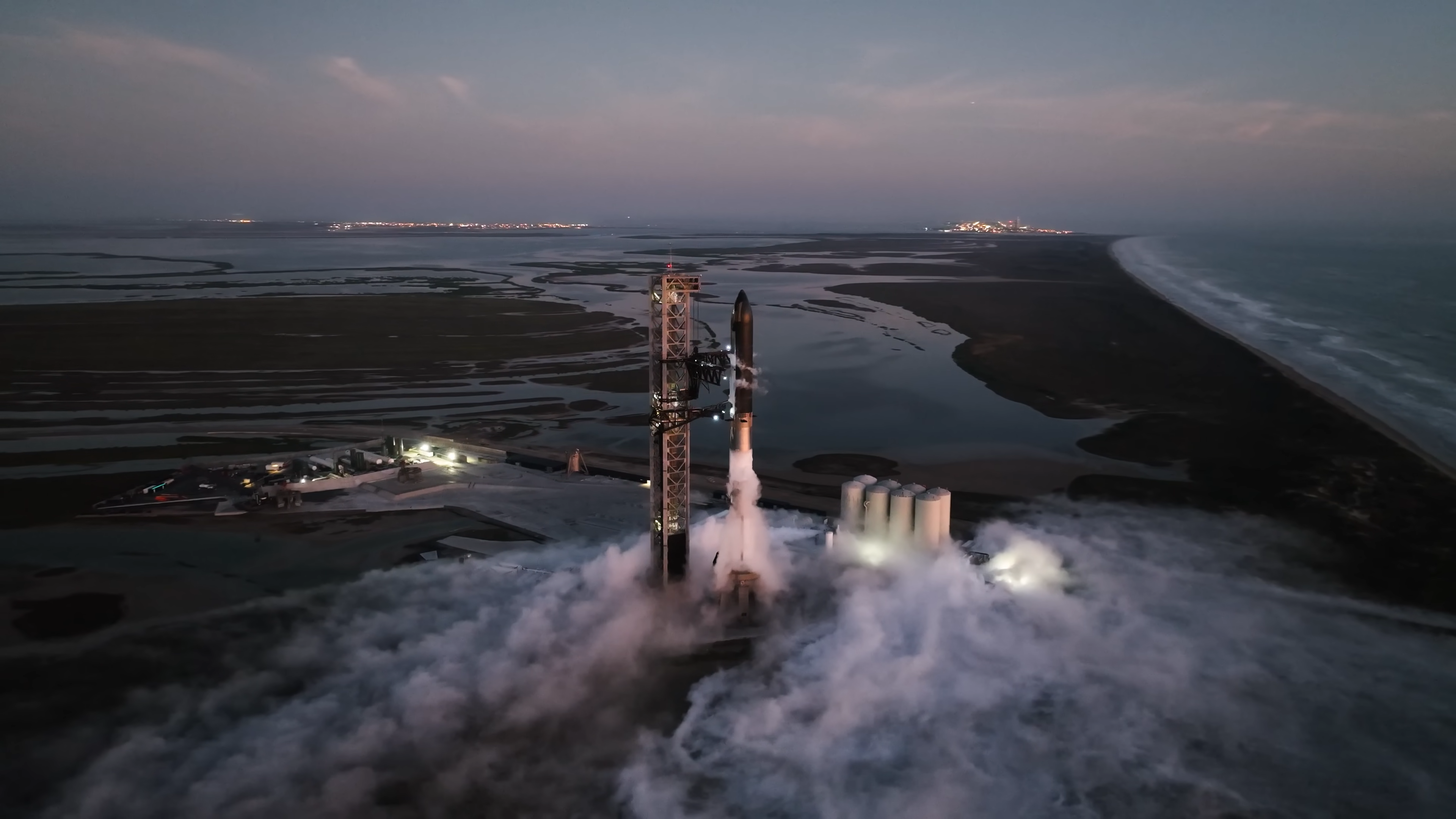You can use this link that direct to Github to access the code.
Introduction
In the complex landscape of urban transportation, efficiently matching drivers with passengers remains a significant challenge, especially in densely populated cities like New York. This project, “NotUber” (NU), aims to address this challenge by creating a sophisticated ride-matching system. The primary goals are to reduce passenger wait times, maximize driver profits, and enhance operational efficiency.
Background and Problem Statement
Urban transportation is characterized by fluctuating demand, variable traffic conditions, and diverse passenger needs. Traditional taxi services and modern ride-sharing platforms often face inefficiencies, leading to issues like prolonged wait times and suboptimal routing. This project focuses on overcoming these challenges by developing algorithms capable of dynamic, real-time driver-passenger matching, tailored to the urban environment.
Solution Approach and Methodologies
The project explores various algorithms, each offering a unique strategy for efficient ride-matching:
Algorithms Developed
SimpleBaselineAlgorithm:
- Focus: Rapid response based on a first-come-first-serve principle.
- Objective: Establish a baseline for algorithm performance comparison.
ImprovedBaselineAlgorithm:
- Focus: Matching the nearest driver to a passenger.
- Objective: Reduce wait times and optimize driver allocation.
EstimateTimeAlgorithm:
- Focus: Fastest route calculation using Dijkstra’s algorithm, considering road speeds.
- Objective: Minimize travel time for enhanced passenger satisfaction.
ImprovedAstarAlgorithm:
- Focus: Efficient matching using KD-trees and A* search.
- Objective: Optimize the matching process through advanced pathfinding techniques.
ALT Algorithm:
- Focus: Integrates KD-Trees, A* search, and landmarks (ALT) for pathfinding.
- Objective: Optimize both driver profit and passenger experience.
Implementation and Data Handling
The project utilized real-world data, including New York City’s road networks and traffic patterns, to create a graph representation of the city. This graph formed the basis for the pathfinding algorithms and ride-matching simulations.
Insights and Findings
Key insights from the project include:
Simple vs. Complex Approaches:
- Finding: Complex matching rules did not significantly outperform simpler methods in some cases.
- Implication: Efficiency gains from complex algorithms may not always justify their computational complexity.
Zone-based Strategies:
- Finding: Zone-based resource management effectively balanced supply and demand.
- Implication: Directing drivers towards high-demand areas can reduce wait times.
Graph-based Modeling:
- Finding: Modeling the road network as a graph facilitated accurate, dynamic pathfinding.
- Implication: Real-time traffic data enhances the model’s relevance and accuracy.
Data Processing Techniques:
- Finding: Robust data processing was crucial for realistic algorithm testing.
- Implication: Effective handling of large datasets is key to simulation realism.
Advanced Pathfinding Algorithms:
- Finding: Adapted Dijkstra’s and A* algorithms considered real-time traffic conditions.
- Implication: These algorithms increased the accuracy of travel time calculations.
Conclusions
The project offers a comprehensive solution for real-time ride-matching in urban environments. By integrating advanced algorithms with spatial data structures and real-time traffic data, the system significantly improves upon traditional methods. It underscores the importance of algorithmic efficiency and data processing in understanding urban transportation dynamics. The insights and innovations from this project have the potential to transform urban transportation services, benefiting passengers and drivers through improved efficiency and experience.
Future Directions
Potential areas for further exploration include:
Integration of Machine Learning:
- To predict traffic patterns and demand fluctuations.
- To enhance the accuracy of route optimization and resource allocation.
User Experience Enhancement:
- Focusing on personalized routing preferences.
- Implementing features for different passenger demographics.
Environmental Impact Assessment:
- Evaluating the carbon footprint of different routing algorithms.
- Developing strategies to minimize environmental impact.
Scalability and Adaptation:
- Adapting algorithms for different urban layouts and traffic conditions.
- Scaling the system for use in other metropolitan areas.
Real-Time Data Integration:
- Incorporating live traffic updates and event-based rerouting.
- Enhancing the system’s responsiveness to dynamic city conditions.
The project thus not only addresses current challenges in urban transportation but also lays the groundwork for future advancements in this critical field.

